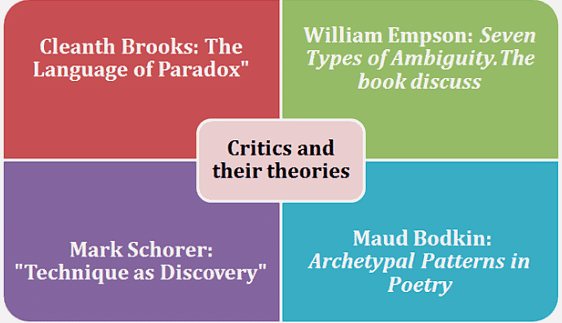MH SET Paper 2 Mock Test - 6 (English) - MAHA TET MCQ
30 Questions MCQ Test MH SET Mock Test Series 2024 - MH SET Paper 2 Mock Test - 6 (English)
Who's the author of the story, "Three questions" ?
Which linguistic philosopher is best known for his work "How to Do Things with Words," where he introduces the concept of performative utterances?
| 1 Crore+ students have signed up on EduRev. Have you? Download the App |
In "The Famished Road" by Ben Okri, what is the primary role of the protagonist, Azaro?
Charles Dickens’s visit to the United States produced ________.
The very last passage of a novel is given below. Identify the novel.
“Welcome, O life, I go to encounter for the millionth time the reality of experience and to forge in the smithy of my soul the uncreated conscience of my race.
April 27. Old father, old artificer, stand me now and ever in good stead.”
In “Tradition and Individual Talent”, according to T. S. Eliot, the term “Traditional” usually means
One of the key terms in Michel Foucault’s work is discourse. This is best described as
Which, among the following is a place through which John Bunyan 's Christian does NOT pass?
Who is the author of A Woman Killed with Kindness?
The years in English literary history between 1649 and 1660 are known as __________.
Given below are two statements one is labelled as Assertion and the other one is labelled is Reason.
Assertion (A): In Theatre of the Absurd, language is often seen as a tool of miscommunication and is used to convey the illogicality of the human condition.
Reason (R): The Theatre of the Absurd emphasizes the existential belief that human existence has no meaning or purpose.
Choose the correct option:
Which bird was killed in ''The Rime of the Ancient Mariner''?
Match the items in List – I with items in List – II according to the code given be

Functional Communicative Approach in English Language Teaching is in opposition to
Statement (S): "Our birth is but a sleep and forgetting."
Interpretation (I): The human soul never tires in the course of life, it never dies. Therefore, the human life is a long sleep and ephemeral events are better forgotten.
|
60 tests
|


















